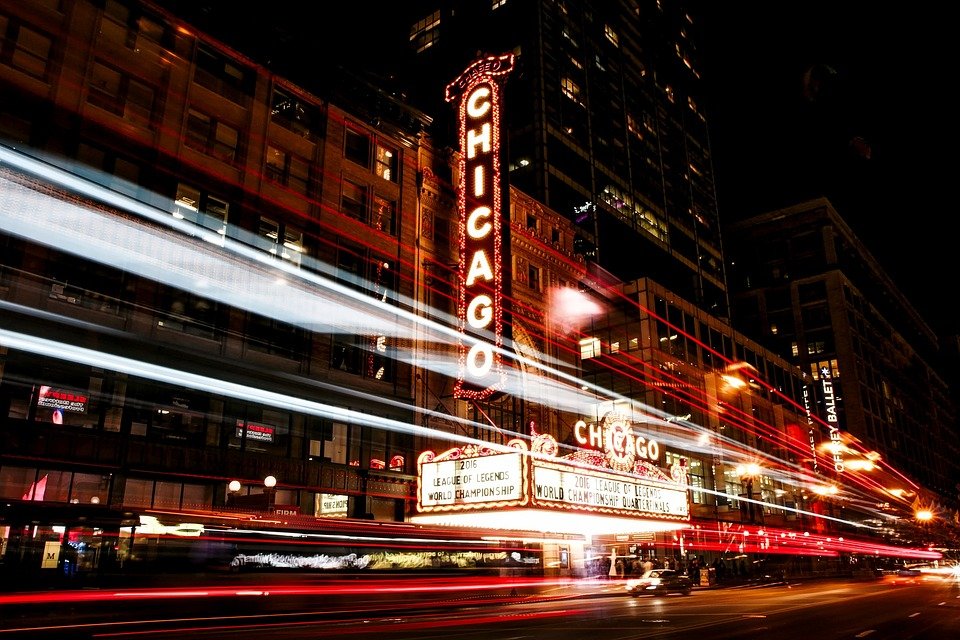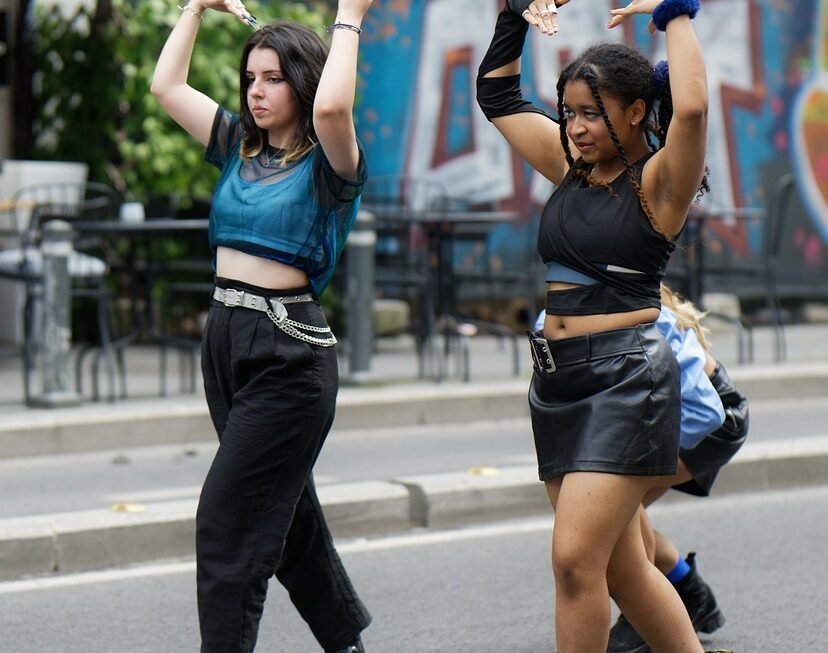Digital art has been steadily rising in popularity over the past few decades, with advancements in technology opening up new possibilities for artists to unleash their creativity in unprecedented ways. From digital paintings and illustrations to 3D sculptures and animations, the digital realm has become a playground for artists to experiment, innovate, and push the boundaries of traditional art forms.
One of the key factors driving the rise of digital art is its accessibility. In the past, creating art required expensive materials, specialized tools, and years of training. However, with the advent of digital art software and hardware, anyone with a computer and an internet connection can now express themselves creatively without breaking the bank. This democratization of art has allowed a diverse range of voices to be heard and has helped to break down barriers to entry in the art world.
Another factor contributing to the surge in digital art is its versatility. Digital artists have access to a wide range of tools and techniques that can transform their ideas into reality with ease. From manipulating colors and textures to experimenting with lighting and perspective, digital art allows for limitless possibilities and allows artists to bring their visions to life in ways that were previously unimaginable.
Furthermore, the rise of social media and online platforms has given digital artists a global stage to showcase their work and connect with other creators and art enthusiasts. With just a few clicks, artists can share their creations with millions of people around the world, receive instant feedback, and build a community of supporters and collaborators.
The fusion of art and technology has also led to the creation of new art forms that blur the lines between the physical and digital worlds. Augmented reality (AR) and virtual reality (VR) technologies have enabled artists to create immersive experiences that engage viewers in new and exciting ways. Interactive installations, digital installations, and multimedia performances are just a few examples of how digital art is pushing the boundaries of traditional art forms and creating a new era of creativity.
As digital art continues to evolve and gain traction, it is clear that we are witnessing a new renaissance in the art world. With its endless possibilities, accessibility, and ability to connect people from all walks of life, digital art is ushering in a new era of creativity that is redefining what it means to be an artist in the 21st century. Whether you are a seasoned professional or an aspiring beginner, there has never been a better time to explore the world of digital art and unleash your imagination like never before.




